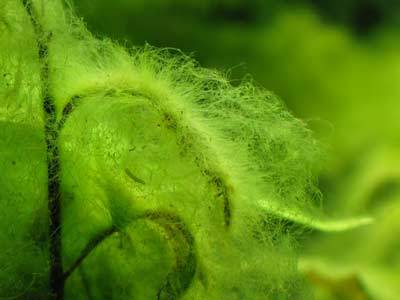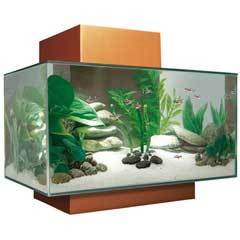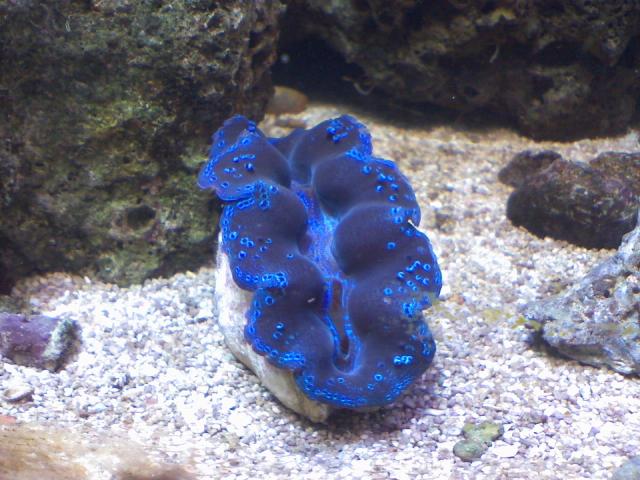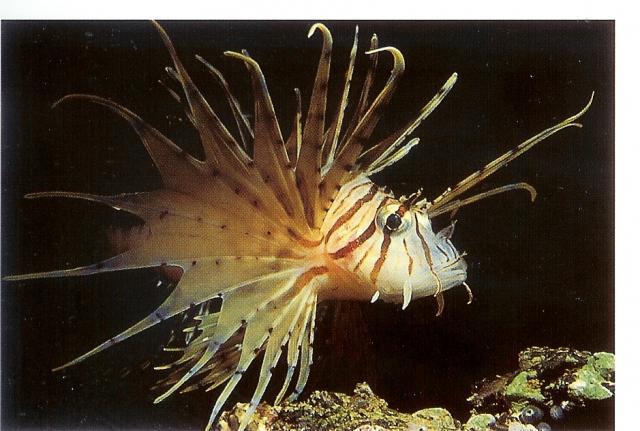Questionso i bought a red knobbed starfish... he was very active when i got him two weeks ago.... he got stuck behind some rocks and scrapped himself and i had to take him from there and put him on the sand.... now he started to swell up and look like a balloon.... my fish place where i bought him at said it was normal.... not he is deflated and his tentacles are out and very loose.... i touched him yesterday and he got all hard like he usually does... so is he dead ...dying... sick.... what can i do....
AnswerThere are two species sold in the aquarium hobby, both called red knob starfish. Below I will include factual information for both of them.
Regarding if your sea star is dead: If your sea star doesn't move at all, within 72 hours, then carefully bring the sea star to the surface of your aquarium water and give him a sniff test with your nose; if you smell a foul decaying odor, than unfortunately it has died. Immediately remove it from your aquarium.
1. Red Knob Sea Star, African (Protoreaster linckii)
The African Red Knob Sea Star, also known as the Red Spine Star, African Sea Star, and Red-knobbed Starfish, has a thick, gray body with multiple bright red tubercles extending upward along each of its five arms. Red stripes connect these protrusions, giving its back the appearance of wires interconnecting in a grid-like fashion. It is found in shallow tidal pools and up to 100' deep reefs in the Indian Ocean.
The African Red Knob Sea Star requires a large aquarium with ample supplies of live rock. A small specimen will eat algae. As it grows older, however, it is not reef compatible, as it will eat soft corals, sponges, tubeworms, clams, starfish, and other invertebrates. It should not be housed with puffers. It is very sensitive to high levels of copper-based medications and will not tolerate high levels of nitrates.
Breeding in an aquarium is extremely difficult with no distinguishing characteristics to help differentiate males from females.
The African Red Knob Sea Star is very intolerant of sudden changes in oxygen levels, salinity and pH of the water, and cannot tolerate copper-based medications. The drip acclimation method is highly recommended for all Sea Stars due to their intolerability to changes in water chemistry. It should never be exposed to air while handling.
In the aquarium, the diet can consist of chopped clams, shrimp, fish, and squid fed once a week.
2. Red Knob Sea Star (Asteroides sp.)
The Red Knob Sea Star has a thick, gray body with multiple bright red tubercles extending upward along each of its five arms. Red stripes connect these protrusions, giving its back the appearance of wires interconnecting in a grid-like fashion. It is found in shallow tidal pools and up to 100' deep reefs in the Caribbean Ocean.
The Red Knob Sea Star requires a large aquarium with ample supplies of live rock. A small specimen will eat algae. As it grows older, however, it is not reef compatible, as it will eat soft corals, sponges, tubeworms, clams, starfish, and other invertebrates. It should not be housed with puffers.
The Red Knob Sea Star is very intolerant of sudden changes in oxygen levels, salinity and pH of the water, and cannot tolerate copper-based medications. The drip acclimation method is highly recommended for all Sea Stars due to their intolerability to changes in water chemistry. It should never be exposed to air while handling.
Breeding in an aquarium is extremely difficult with no distinguishing characteristics to help differentiate males from females.
In the aquarium, the diet can consist of chopped clams, shrimp, fish, and squid fed once a week.
-----------------
I wish you luck with all your saltwater aquarium endeavors.
Regards,
Dave
All Experts - Editor
http://www.ocreef.com - Director

 Highly disturbed, I need some HELP
QuestionHi
I have a 28 gallon saltwater tank, it has be
Highly disturbed, I need some HELP
QuestionHi
I have a 28 gallon saltwater tank, it has be
 Fluval Edge and beginner saltwater setup
QuestionQUESTION: Ok, soooooo, i want to start my first
Fluval Edge and beginner saltwater setup
QuestionQUESTION: Ok, soooooo, i want to start my first
 clams
Questionhello david! i have a question regarding keepin
clams
Questionhello david! i have a question regarding keepin
 agrive saltater tank
QuestionI need an algae eater that would be safe to put
agrive saltater tank
QuestionI need an algae eater that would be safe to put
 Aquarium Lighting
QuestionHello,
I am setting up a 65g saltwater aquarium
Aquarium Lighting
QuestionHello,
I am setting up a 65g saltwater aquarium